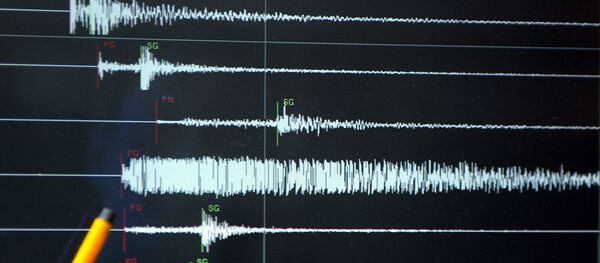Those tremors appear to be triggered by gravitation compressing and stretching the Earth’s crust, researchers outlined in a study published in the Proceedings of the National Academy of Sciences.
Having analyzed some 81,000 low-frequency earthquakes on the San Andreas fault, between 2008-2015, the scientists determined that quakes of this nature are most likely to happen during the two-week waxing lunar cycle.
As noted by Nicholas van der Elst, one of the authors of the study, the quakes are more intense during this period, “the moon, when it's pulling in the same direction that the fault is slipping, causes the fault to slip more – and faster.”
Researchers pointed out that the findings allow the study of deeper levels of the fault that have been previously unreachable.
Given that tremors from a deep fault are normally transferred to shallow regions, information about the intensity of low-frequency quakes is useful for predicting possible major quakes, David Shelly, a USGS seismologist and co-author of the study, said.
“So if all of a sudden, we saw that the deep part of the fault was slipping a huge amount, it might be an indication that there was an increased chance of having an earthquake come at the shallower part of the fault,” he said.
“We don't quite know yet what it's going to mean in the long term, whether it'll result in some sort of warning that an earthquake is coming. We're going to have to monitor it for a lot longer.”
The San Andreas Fault, stretching roughly 800 miles through California, lies at a boundary between two slowly-moving tectonic plates. It accumulates stress over time and releases it, according to current research, at unpredictable times. The last time stress was released in 1857, causing a destructive earthquake.





